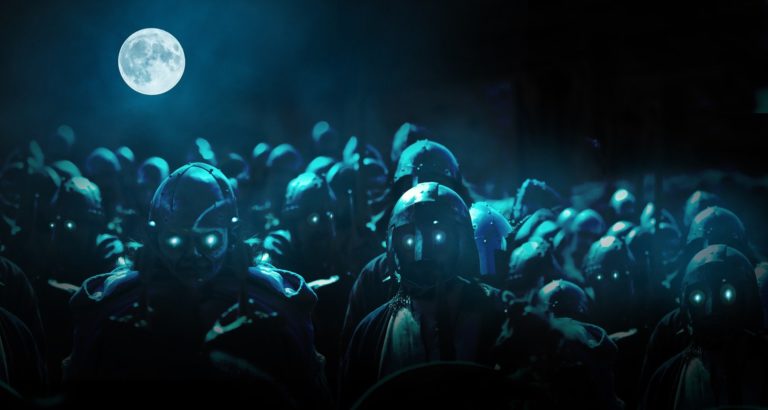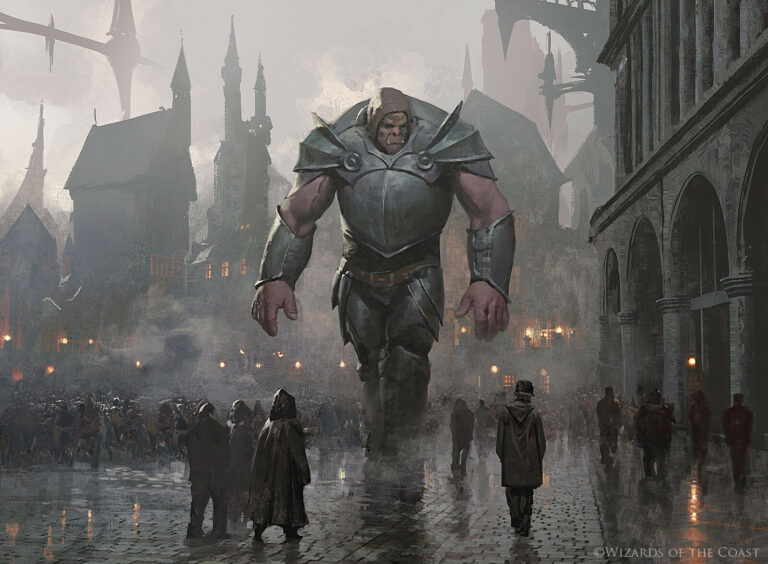The Best Cleric Cantrips in DnD 5E | Cleric Cantrips 5E Ranked

We have officially ranked all of the cantrips available to a new Cleric in the fifth edition of Dungeon and Dragons! Much like with sorcerers, a cantrip is a cleric spell that can be cast at will, does not take up an available spell slot, and does not need to be prepared in advance. This is a spell that your character has perfected over time, which is why its performance sounds so simple – it is like you are doing it from muscle memory. Cantrips can offer you a lot of utility throughout the game, so it is important to pick the right cantrips for your character. That is exactly why we put together these cleric cantrips 5e rankings.
Our Clerk Cantrips 5E Rankings
But first, how many cantrips can a Cleric learn? At level one, your Cleric will have three cantrips. Your character will learn another cantrip at level four, and your final cantrip will be learned at level ten. Unlike most other classes, your Cleric will be able to learn five cantrips during the campaign. You should still be vigilant in regards to your selection. The last thing you want is to waste a free spell slot on an ability that you will never use. So without further ado, here is our Official Ranking of all of the Cleric’s Cantrips in Dungeon and Dragon’s fifth edition.
7. Mending
- School: Transmutation
- Casting Time: One Minute
- Range: Touch
- Components: Verbal, Somatic, Material (two lodestones)
- Duration: Instantaneous
At number seven on our Cleric Cantrips 5E list is Mending. This cantrip will let you fix a single object with your touch as long as the break is a single tear that is at most one foot long; leaving no trace that the object was ever damaged. The item that you fix can be a magical item, but any magic that has been removed from the item will not be restored. While it seems very useful, there is a very good chance that someone else in your party will be able to fix items as well. This is an ability that you do not need to double-dip in.
6. Thaumaturgy
- School: Transmutation
- Casting Time: One Action
- Range: Thirty feet
- Components: Verbal
- Duration: Up to one minute
At number six on our Cleric Cantrips 5E List is Thaumaturgy – an upgraded parlor trick. Just like Prestidigitation, this cantrip can perform several effects. Unlike Prestidigitation, those effects have a little bit more ump in their power. You can do one of the following effects:
- Increase your decibel level three times higher than what it typically is.
- You cause flames to flicker, brighten, dim, or change color.
- Harmless tremors shake up the ground.
- Create an instantaneous sound coming from any point that is within your range. Those sounds could be a thunder rumble, the cry of an animal, or an ominous whisper.
- Make an unlocked door or window fly open or close.
- Alter the appearance of your eyes.
All of these effects will last for one minute. You can have several of these effects going on at once, and you can end them as an action. While the effects that Thaumaturgy can create will have their niche uses, most of these effects will be nothing more than a minor annoyance. A minor annoyance is a little better than useless, but I would highly recommend not acquiring Thaumaturgy.
That being said, if your DM rewards creativity, this can be very fun to play around with! This can combo well with Intimidation checks.
5. Resistance
- School: Abjuration
- Casting Time: One Action
- Range: Touch
- Components: Verbal, Somatic, Material (a miniature cloak)
- Duration: Concentration, up to one minute
The willing participant will get to add 1d4 to one saving throw of their choice. You can roll the die before or after you make the saving throw. Once the die has been rolled, the spell’s effect ends.
Resistance is very hard to use. You could put it on someone to buff them before fighting a magic user. Alternatively, you could put a more potent spell like Protection from Energy or Bless on your allies.
4. Guidance
- School: Divination
- Casting Time: One Action
- Range: Touch
- Components: Verbal, Somatic
- Duration: Concentration, up to one minute
Guidance works pretty much the same way as Resistance – you touch a willing participant so they can add 1d4 to one of their ability checks. This roll can be made before or after you make the ability check. Unlike making a saving throw, you are more than likely to use Guidance while you are not under a lot of pressure, which means the odds of being disrupted are lowered significantly. My definition of pressure is having an enemy breathing down your neck as you are attempting to focus on casting the spell that you believe will save your buddy’s behind. Both of these spells require that you are touching the target of the spell, which is a lot harder to do while you are in the heat of combat.
There MIGHT be a moment where you will need to make a skill check during combat. But even if you have to, the odds of you being in touching distance while in combat is very low. That is why I will always look at Guidance as an ability that you will use outside of combat. Unlike Resistance, this is actually a pretty worthwhile addition to your toolkit. Especially for out-of-combat utility!
3. Light
- School: Evocation
- Casting Time: One Action
- Range: Touch
- Components: Verbal, Somatic
- Duration: One hour
You touch an object that is at most ten feet long. That item will brighten up a twenty-foot radius, and dim an additional twenty-foot beyond the first twenty feet. The spell ends if you cast it again, and the light will be blocked if you completely cover it with something opaque. Oh, and the light can be any color that you want! Just imagine your enemy running away from battle with a bright pink chest plate… that is, if the enemy fails their dexterity check. In order to light up an item on an enemy, they will have a chance to make a Dexterity save. This spell is replicable with a torch, but it lets you or your Fighter have a hand free. Consider it necessary for parties with low levels of Darkvision.
See Also: Our Forge Cleric 5E Guide
2. Sacred Flame
- School: Evocation
- Casting Time: One action
- Range: Sixty feet
- Components: Verbal, Somatic
- Duration: Instantaneous
Cleric is mostly known as a defensive helper class – everything they do is to help everyone else do the job that they need to do. So when the Cleric class has a chance to do something offensive, your eyes quickly go down a mental checklist. Do you need any components? Nope, that looks good. How far away do you need to be from your target? Sixty feet! Okay, you definitely have my attention. How long will my character need to concentrate in order to cast the spell? Sacred Flame goes off instantly! Wow!
So what is the catch? The opponent can dodge your attack with a successful dexterity save (1d20 plus their dexterity bonus). If they fail the check, the target will take 1d8 of radiant damage. The damage increases at the fifth level (2d8), the eleventh level (3d8), and the seventeenth level (4d8). This is hardly an issue in my mind, as now you can provide backup fire for your tanks on the front line of combat.
And because Sacred Flame is a cantrip, it has the best benefit any spellcaster can ask for – you do not have to dedicate any prep time for Sacred Flame! You can lob one of these every turn it is not necessary for you to perform your Clerical duties. You are a healer and a squishy trebuchet! A cleric in the fifth edition would feel incomplete without Sacred Flame.
1. Spare the Dying
- School: Necromancy
- Casting Time: One action
- Range: Touch
- Components: Verbal, Somatic
- Duration: Instantaneous
Number one on our Cleric cantrip ranking is Spare the Dying – the EXACT reason you would play a Cleric! What’s more, we have ranked it one of our Five Best Cantrips in 5E. With the power of touch, you place a barely living creature into stable condition. Stable means that you stopped the being from losing hit points; thus, they are no longer dying. That is it! And this happens instantly! So you do not have to worry about anyone distracting you from doing your clerical duties. You don’t even need to make a prayer to whatever deity you worship. Now you can take the time you need in order to actually heal the creature you stopped from dying.
Please note that this cantrip has no effect on the undead or constructs. You will need to find another spell that can affect those types of beings. This is strictly meant to help your party stay alive in the middle of an encounter. And this spell is very efficient for what you need it to do.
Nerds and Scoundrels
And that wraps up our Cleric Cantrips 5E Rankings. Agree with our choice for the best cantrip? Let us know either way in the comments below.
Want to see your other Cleric options or how to optimize your character in general? Check out our Comprehensive Cleric 5E Guide!






